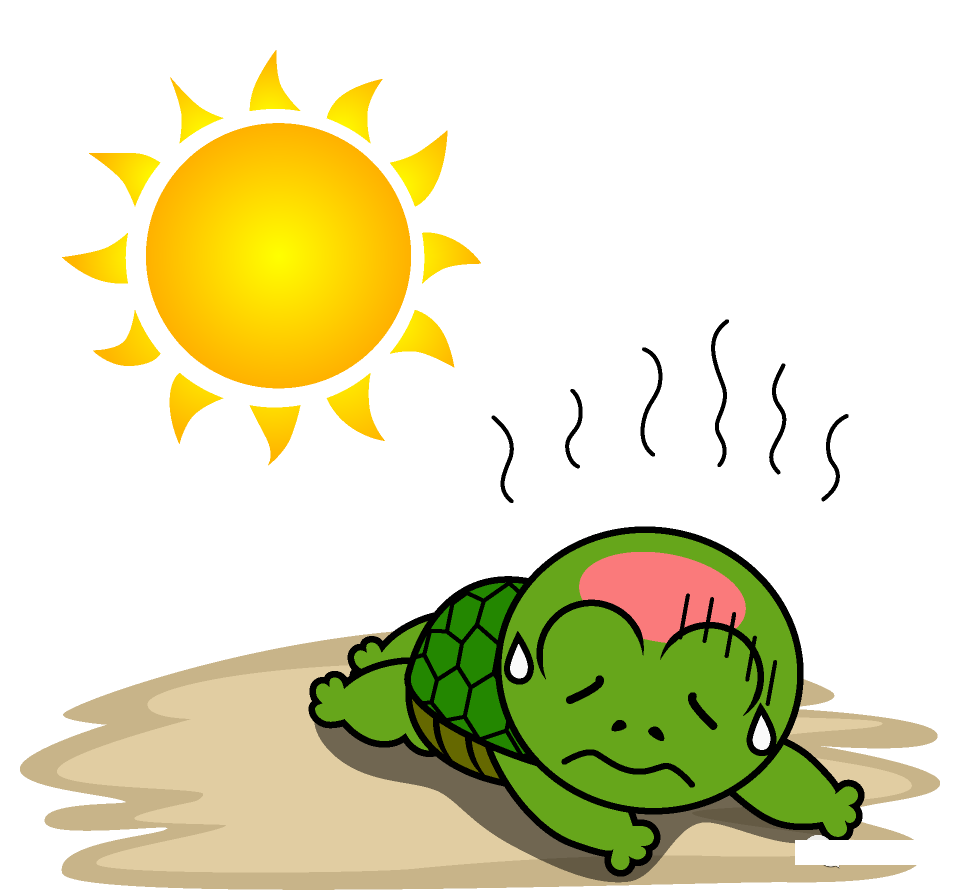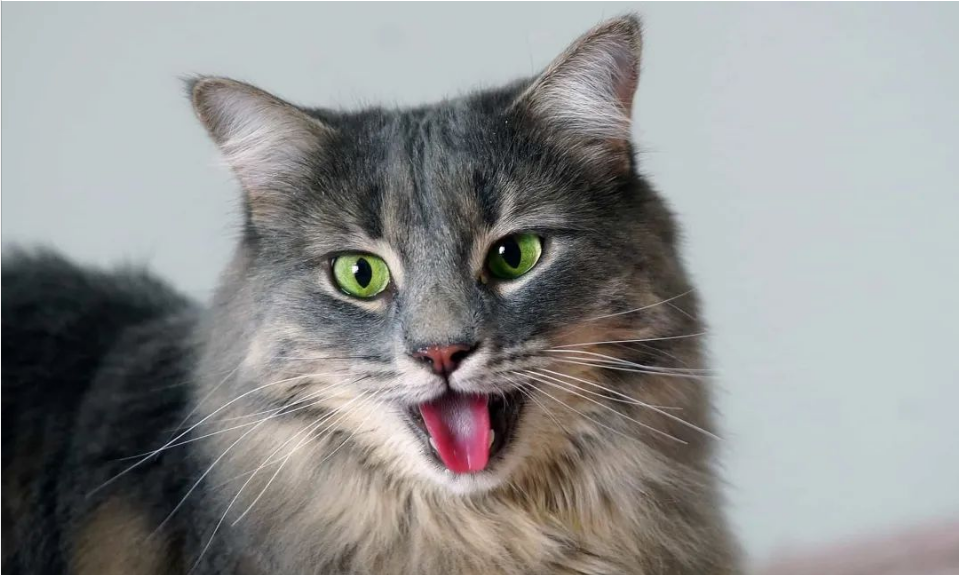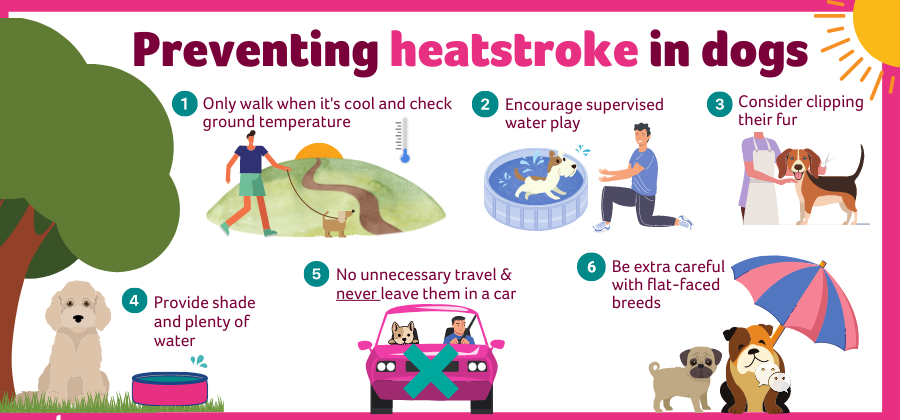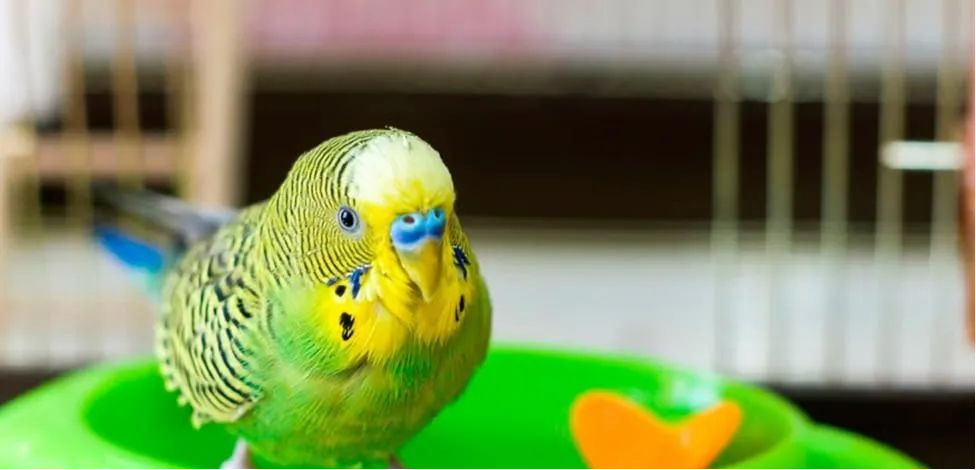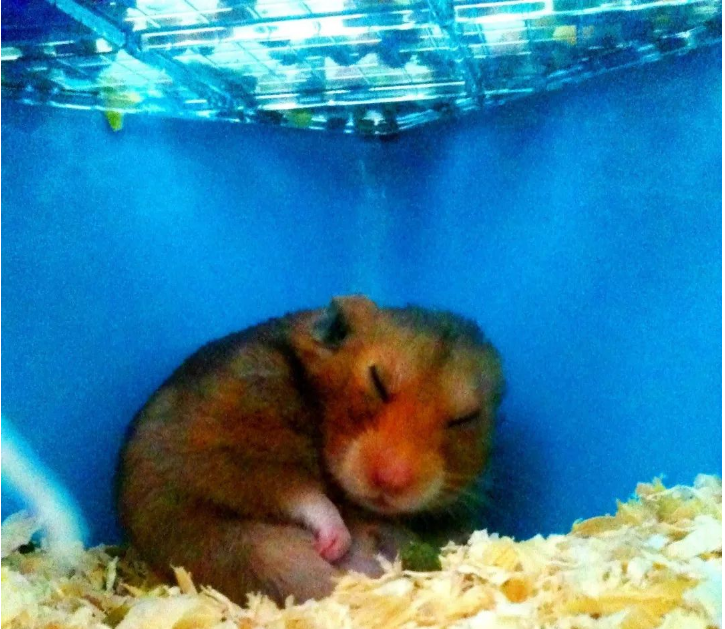Heat stroke in parrots and pigeons
After entering June, temperatures across China have skyrocketed significantly, and the two consecutive years of El Ni ñ o will only make the summer even hotter this year. The previous two days, Beijing felt over 40 degrees Celsius, making both humans and animals uncomfortable. One day at noon, in order to avoid heatstroke for the parrots and turtles on the balcony, I rushed home and placed the animals in the shade of the room. My hand accidentally touched the water in the turtle tank, which was as hot as the bath water. It was estimated that the turtle thought it was almost cooked, so I placed a small plate of cold water in the parrot cage to allow them to take a bath and dissipate heat. I added a large amount of cold water to the turtle tank to neutralize the heat, and it was only after a busy circle that the crisis was resolved.
Like me, there are quite a few pet owners who have encountered heat stroke in their pets this week. They come almost every day to inquire about what to do after heat stroke? Or why did it suddenly stop eating? Many friends keep their pets on the balcony and feel that the temperature in the house is not as high. This is a big mistake. For more details, please refer to my article last month, “What pets should not be kept on the balcony?” At noon, the temperature on the balcony will be 3-5 degrees higher than the indoor temperature, and even 8 degrees higher in the sun. Today, we will summarize the most comfortable temperature for raising common pets and the temperature at which they may experience heatstroke?
The most common birds among birds are parrots, pigeons, white jade birds, etc. Heat stroke can show the spread of wings to dissipate heat, frequent opening of the mouth to gasp for breath, inability to fly, and in severe cases, falling from the perch and falling into a coma. Among them, parrots are the most heat-resistant. Many parrots live in tropical areas. The Budgerigar’s favorite temperature is about 15-30 degrees. If the temperature exceeds 30 degrees, they will be restless and find a cool place to hide. If the temperature exceeds 40 degrees, they will suffer from heatstroke for more than 10 minutes; Xuanfeng and peony parrots are not as heat-resistant as Budgerigar, and the most suitable temperature is 20-25 degrees. If the temperature exceeds 35 degrees, you need to be careful of heatstroke;
The favorite temperature for pigeons is between 25 and 32 degrees. If it exceeds 35 degrees, heatstroke may occur. Therefore, in summer, it is necessary to shade the pigeon shed and place more water basins inside to allow pigeons to take a bath and cool down at any time. The white jade bird, also called the canary, is beautiful and as easy to raise as the Budgerigar. It likes to raise at 10-25 degrees. If it exceeds 35 degrees, you need to be careful of heatstroke.
Heat stroke in hamsters, guinea pigs, and squirrels
Besides birds, many friends like to keep rodent pets on the balcony. Last week, a friend came to inquire. In the morning, the hamster was still very active and healthy. When I came home at noon, I saw it lying there and didn’t want to move. The body’s breathing rate fluctuated quickly, and I didn’t want to eat even when I was given food. These are all early signs of heatstroke. Immediately move to a corner of the house and turn on the air conditioning. After a few minutes, the spirit recovers. So what is the comfortable temperature for rodents?
The most common rodent pet is a hamster, which is very delicate compared to a parrot in terms of temperature requirements. The favorite temperature is 20-28 degrees, but it is best to maintain a stable temperature throughout the day. It is taboo to have such drastic changes as 20 degrees in the morning, 28 degrees in the afternoon, and 20 degrees in the evening. In addition, if the temperature exceeds 30 degrees in the cage, it may lead to heat stroke symptoms in hamsters.
The guinea pig, also known as the Dutch pig, has higher requirements for temperature than the hamster. The preferred temperature for guinea pigs is 18-22 degrees Celsius and a relative humidity of 50%. The difficulty in raising them at home is temperature control. In summer, balconies are definitely not a suitable place for them to raise, and whether they are cooled with ice cubes, they are very prone to heatstroke.
More difficult to pass summer than guinea pigs are the chipmunks and squirrels. chipmunks are animals in the temperate and cold zone, with their favorite temperature ranging from 5 to 23 degrees Celsius. Over 30 degrees Celsius, they may experience heatstroke or even death. The same goes for squirrels. Their favorite temperature is between 5 and 25 degrees Celsius. They begin to feel uncomfortable above 30 degrees Celsius, and those above 33 degrees Celsius are likely to experience heatstroke.
All rodents are afraid of heat. The best one to raise is the chinchilla, also known as the Chinchilla, which lives in the high mountains and highlands of South America. Therefore, they have strong adaptability to temperature changes. Although they do not have sweat glands and are afraid of heat, they can accept a living temperature of 2-30 degrees. It is best to keep it at 14-20 degrees when raising at home, and the humidity is controlled at 50%. It is easy to experience heat stroke if the temperature exceeds 35 degrees.
Heat stroke in dogs, cats, and turtles
Compared to birds and rodent pets, cats, dogs, and turtles are much more heat-resistant.
The living temperature of dogs varies greatly depending on their fur and size. Hairless dogs are the most afraid of heat and may experience mild heatstroke when the temperature exceeds 30 degrees. Long haired dogs, due to their insulated fur, can tolerate indoor temperatures of around 35 degrees. Of course, it is also necessary to provide sufficient and cool water, and avoid direct sunlight.
The primitive cats came from desert areas, so they have a high tolerance for heat. Many friends told me that even if the temperature has exceeded 35 degrees Celsius in the past two weeks, the cats are still sleeping in the sun? This is not surprising, most cats have thick fur for insulation, and their average body temperature is around 39 degrees Celsius, so they can enjoy temperatures below 40 degrees Celsius very comfortably.
Turtles also have a high level of acceptance of temperature. When the sun is hot, they will dive into the water as long as they can keep the water cool. However, if they feel hot soaking in the water like in my house, it means that the water temperature must have exceeded 40 degrees, and this temperature makes turtle life uncomfortable.
Many friends may think that placing ice packs or enough water around the pet breeding environment can prevent heatstroke, but most of the time it’s not very useful. Ice packs dissolve into warm water in just 30 minutes in scorching heat. The water in a pet’s water basin or water box will turn into warm water exceeding 40 degrees Celsius in just one hour under sunlight. After a few sips, pets will feel hotter than when they don’t drink water and give up drinking water, Gradually developing symptoms of dehydration and heat stroke. So in summer, for the health of pets, try not to keep them in the sun or on the balcony.
Post time: Jun-19-2023

